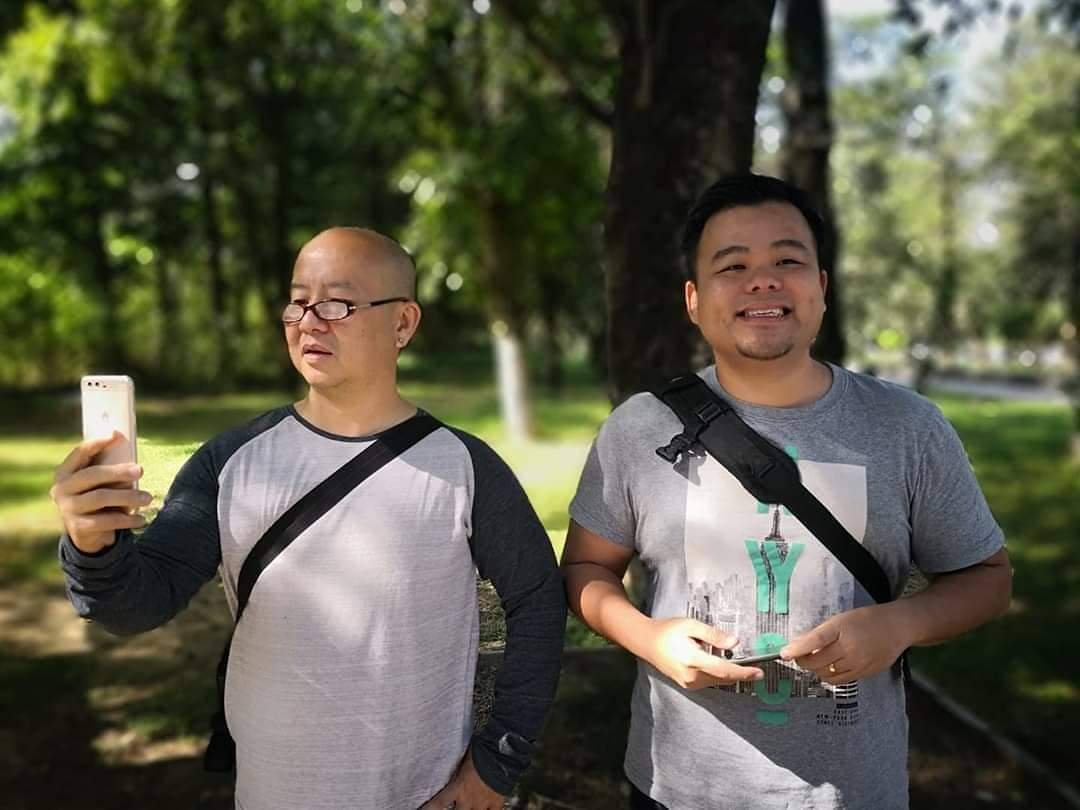Kenyalang
阅读中文版
In recent weeks, Kenyalang Park has been the subject of a research project by a group of architecture students from Chung Yuan Christian University, Taipei. The Kenyalang Park Collective Memories* project will explore how architectural elements and spaces can reflect both memories and future visions through interviews, research, and model-making.
The following are transcribed from my own collective memories and Si Yong’s lunch time stories about growing up in Kenyalang Park.
In my childhood, Jalan Tabuan tapered off at the Bukit Antu junction into a gravel road leading to farms which would become Kuching’s first housing estate; Kenyalang Park (and Shopping Centre).
The architect for the project had a vision of a township where residents walked from their front doors to the market, the theatre, the barbers at the shopping centre. The houses were planned in keeping with this idea; cars were parked at the rear of the house while the living room faced a garden and back lane - this was to be a ‘walk-able’ neighbourhood. In the 70s, it was ahead of its time because many of the home owners complained and made changes to the layout.
Si Yong’s granddad probably understood the concept of this walk-able neighbourhood best - the story as he tells it goes like this. Early most Saturday mornings, there will be the sound of the front gate being gently rattled - granddad is here; with his trademark cowboy hat. Two boys race out the front door, down the short narrow concrete path to the gate; 3 feet wide, enough to let people and bicycles through.
There was no greeting; grandad was already several paces ahead, striding purposely towards the shopping centre. The 8 and 9-year old hurried to catch up. It was the same destination each Saturday; the bus-stop in front of the cinema. Several elderly gentlemen were already there, colonising the bus-stop as their neighbourhood ‘wakaf’. Si-Yong didn’t tell me what the topics of conversation were, except that they were long, usually too long to bear as the morning sun heated up towards noon.
Grandad would suddenly turn to the boys as if noticing them there for the first time - ‘seet keh-lem?’* Two heads on two sweaty necks nodded and followed grandad into the shops for an ice-popsicle. After which, they head home for lunch. Sometimes, for a bit of adventure - and if the public bus happened by, all three would take a trip downtown. (and return hours later on a similar bus)
Ironically, nowadays we take a trip to the Kenyalang Shopping Centre for a ‘bit of adventure’ - for the local biscuits in over-sized glass jars, for cheap haircuts (not me), for Chinese New Year decorations. For others it is to record on film and in sketch-books the civic spaces, the terrazzo sun-shade fins and overall composition of shopping ‘arcade’ and its relationship to the housing estate.
All this was forgotten when we stopped walking and started driving.
*The project benefits from the support of local collaborators and supporters such as Kenyalang Park Community Association and Swinburne University.
*seet - to eat (Hakka), keh-lem - ice popsicle (various Chinese dialects)
Share this post

